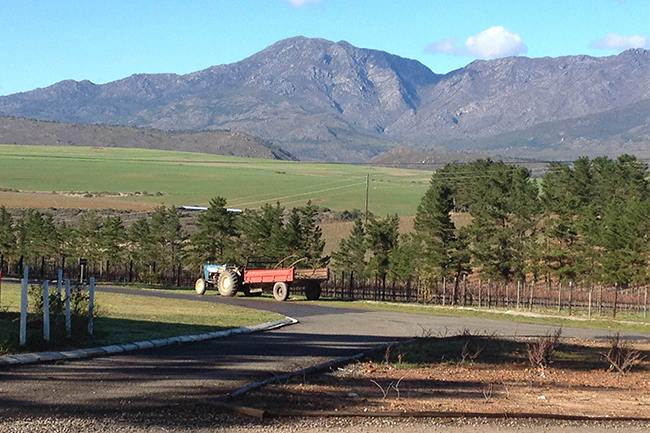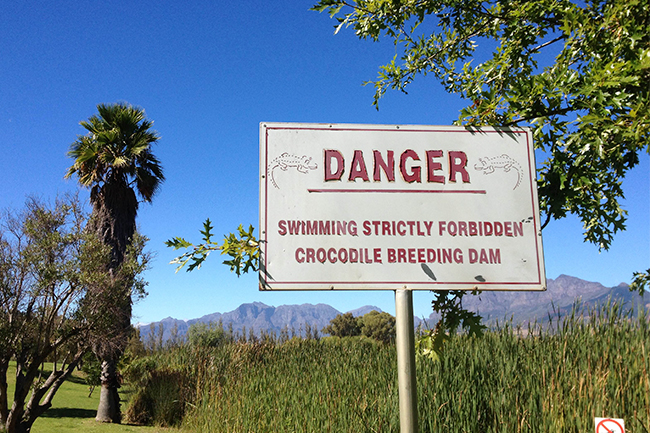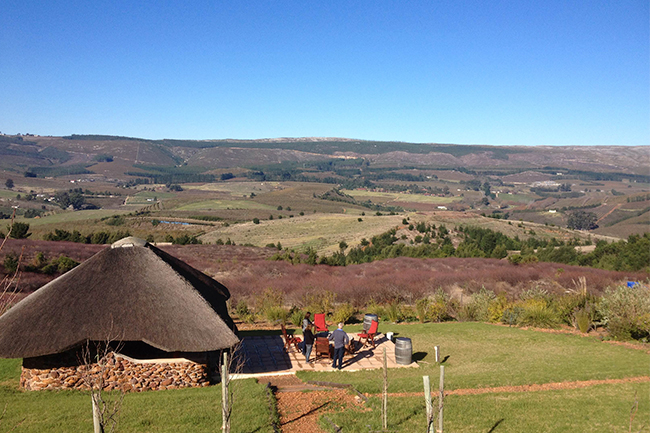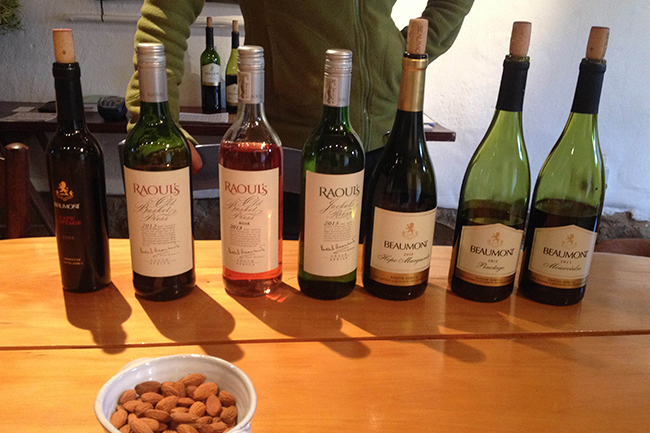Pinotage is one proudly South African varietal. The child of Burgundy’s Pinot Noir and the Rhone’s Cinsault, it was created by a professor of chemistry in Stellenbosch in the 1920s. For a long time it suffered a terrible reputation – tasting like ‘rusty nails’ to one British Master of Wine back in 1976 – but, like SA wine in general, is now making a name for itself internationally. Even the Germans and the Kiwis are having a go at cultivating it and Pinotage plantings are also found in Zimbabwe, Brazil and the USA.
Pinotage bears much resemblance to its mother, Cinsault (dubbed the Posh Spice of the grape kingdom by Chris Kern). Hardy and easy to grow with small berries and thick skins, it prefers dry, hot climates – unlike its more sensitive, thin-skinned father, Pinot Noir. It can be trellised or grown as a bush vine, which some winemakers think adds to a wine’s complexity.
How to spot a Pinotage? Its distinguishing flavours can be earth, smoke and the full spectrum of red to dark fruits, with medium to high tannins. Like dad, it also acquires vegetal characteristics. Pinotage has, in some cases, been accused of smelling like acetone (nail polish remover). In some cases, this is true. But I like to think that’s just Pinotage’s wild, African spirit shining through, rather than a negative characteristic!
The great thing about Pinotage is the range of styles it is made into. It comes as a rosé (Fairview’s La Capra is easy drinking magic), a port (one could happily sip through a whole bottle of Beaumont’s Cape Vintage – a blend of Tinta Barocca and pinotage) and as a red sparkling wine, too (anyone yet tried KWV’s Café Culture Choc Mousse?). In the dry reds there are the light and easy drinking (Ken Forrester’s Petit Pinotage is a steal at R40), the velvety and feminine (Beaumont’s Pinotage 2012 is pure indulgence), the elegant more Burgundian wines (the sexy Spioenkop 1900) and then the richer more spicy boys (Groot Constantia does a bold and beautiful Pinotage from the 2012 vintage).
It is the foundation for Cape Blends (Wildekrans’ Cape Blend Barrel Selection 2010 is one of my favourite wines from the estate: 40% Pinotage and Shiraz with 20% Cabernet Sauvignon) and wineries like Boland Cellars and Boekenhoutskloof have galvanised their wines with coffee and chocolate flavours (that come from American oak): the jokingly named Cappupino Ccinotage and The Chocolate Block, respectively.
Pinotage truly is the Rainbow Nation’s grape.






